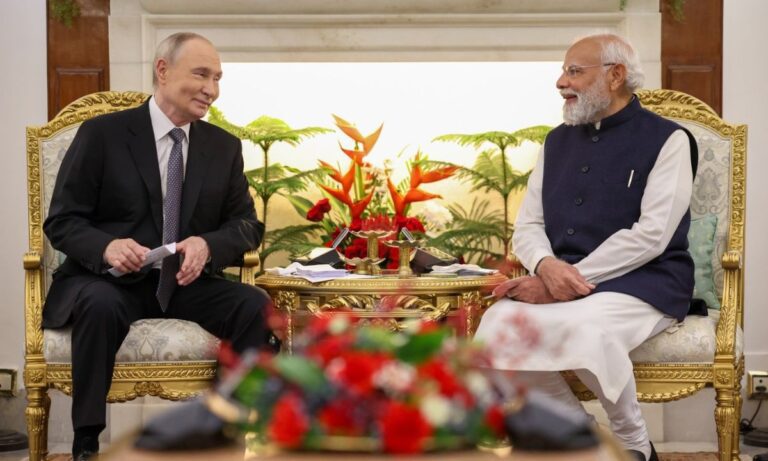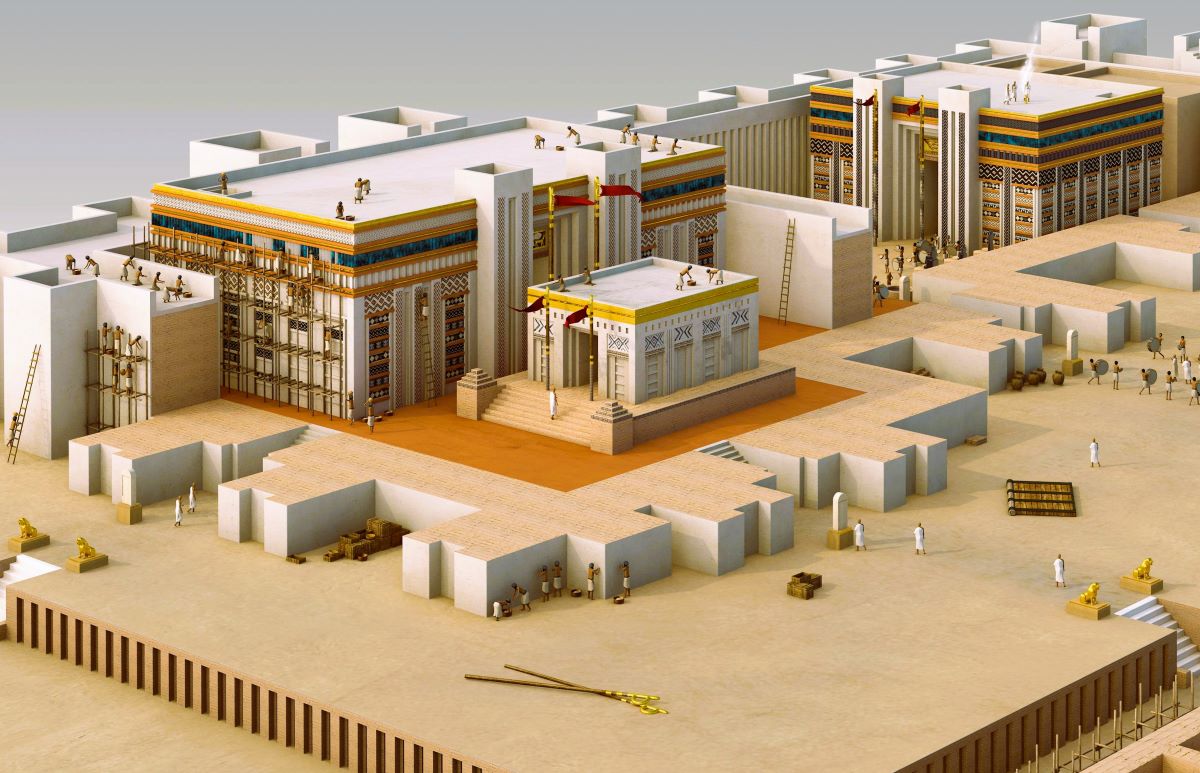
Unlocking History's Secrets: Groundbreaking Discoveries That Could Rewrite Books (Image Credit: The Times)
History has always captivated our imagination, and our fascination with the past continues to drive archaeological and historical discoveries. While the present world offers its own wonders, our curiosity about ancient civilizations and their mysteries remains insatiable.
In this article, we delve into seven groundbreaking discoveries that have the potential to reshape our understanding of history. From a 4,500-year-old Sumerian palace in Iraq to the possibility of a lost ancient civilization in Gunung Padang, Indonesia, these findings challenge existing narratives and shed new light on our collective past.
1. Discovery of 4,500-Year-Old Sumerian Palace in Iraq:
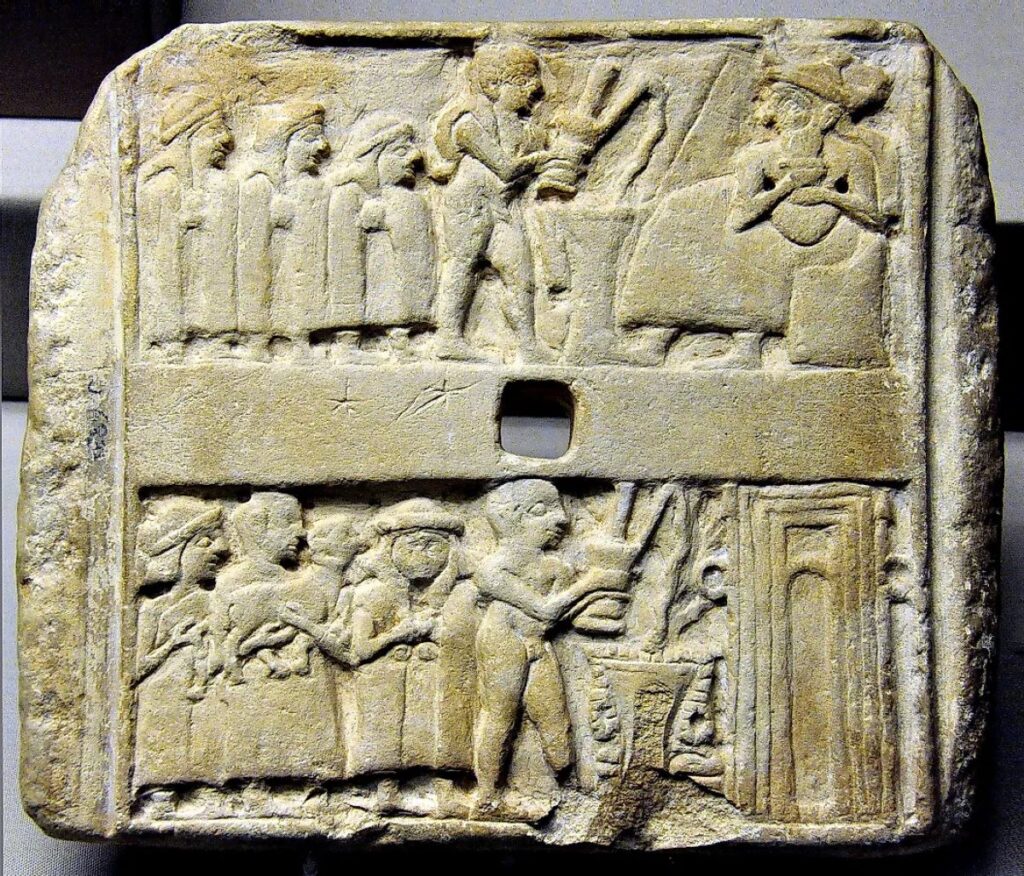
Archaeologists uncovered the ruins of the lost Sumerian Palace of the Kings in the ancient city of Girsu, Iraq. Alongside the palace, more than 200 clay tablets and the main temple dedicated to the Sumerian god Ninĝirsu were discovered. This finding provides a unique opportunity to deepen our understanding of the Sumerian civilization, known for its invention of writing and the creation of literary masterpieces like the Epic of Gilgamesh. The palace’s potential shrine to Gilgamesh could offer valuable insights into the legendary hero and the Cradle of Civilization itself.
2. Gunung Padang: Could This Be a Lost Ancient Civilization Finally Found?
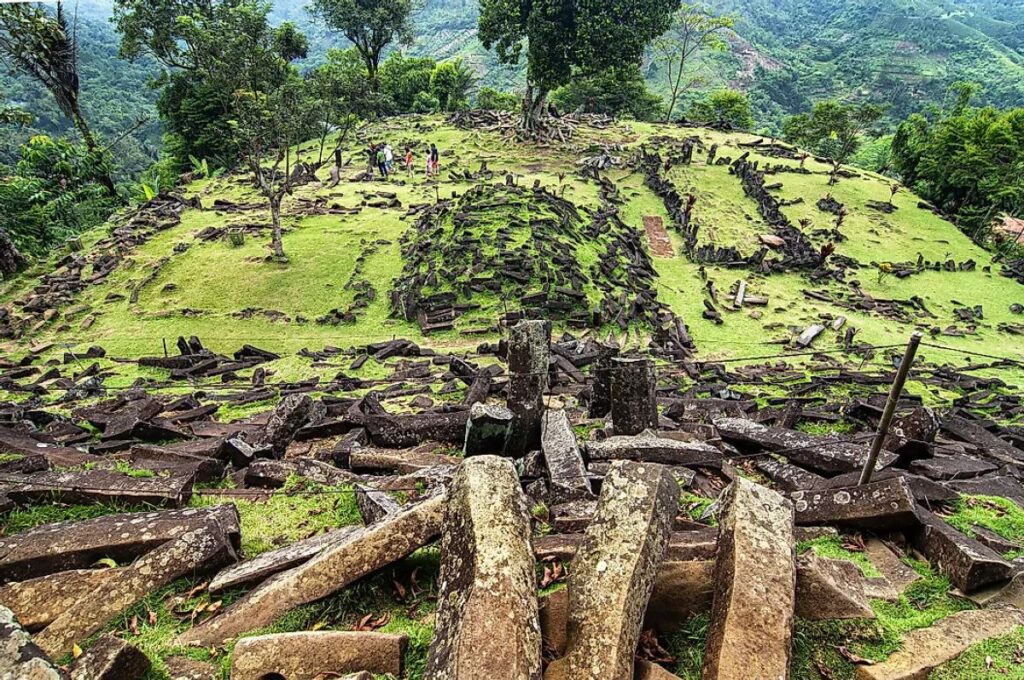
Gunung Padang, a hill in Indonesia, has captivated researchers with the stone-age columns scattered across its top. Beneath the hill lies the possibility of one of the oldest structures on Earth, dating back an astonishing 26,000 years. If the ongoing excavations reveal the remains of an ancient civilization, it could predate the last major Ice Age and challenge the conventional timeline of human history. This discovery has the potential to rewrite our understanding of how and when early civilizations emerged.
3. A Sri Lankan Cave Provides the Earliest Evidence of Bowhunting in Southeast Asia:
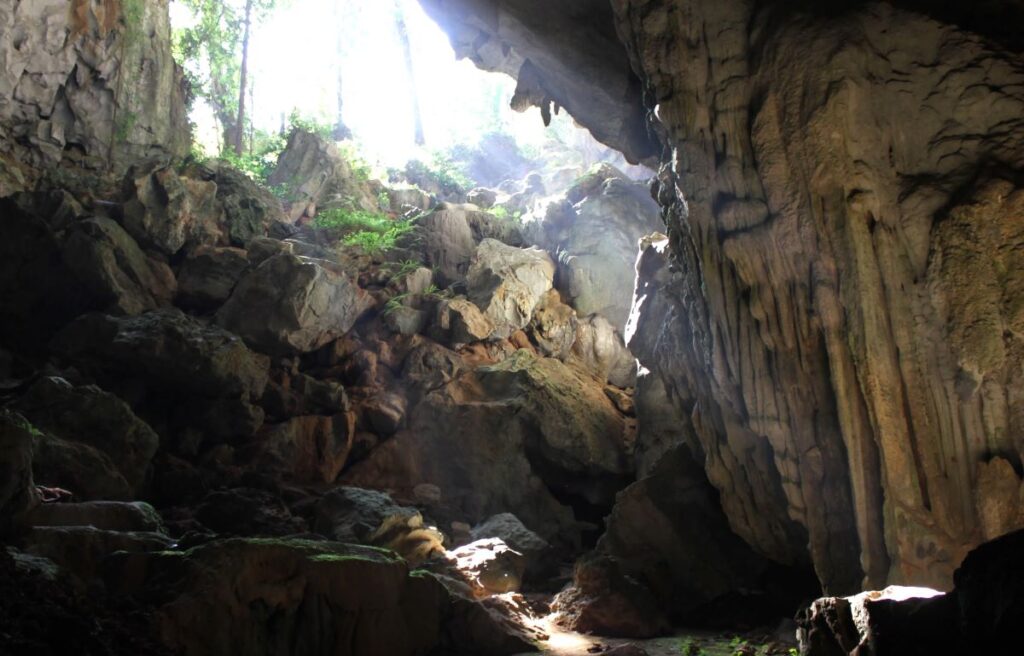
Recent findings in Fa-Hien Lena, a Sri Lankan rainforest cave, have challenged previous assumptions about the timeline of bow-and-arrow technology in Southeast Asia. Archaeologists discovered hundreds of arrowheads, tentatively dated at 48,000 years old. This discovery pushes Southeast Asia’s bow-and-arrow technology closer to that of South Africa, which previously held the earliest evidence at 64,000 years old. Additionally, the presence of these arrowheads may indicate the inhabitants of the cave made and wore clothing, expanding our understanding of ancient Southeast Asian cultures.
4. An Egyptian Tunnel May Finally Reveal Cleopatra’s Tomb:
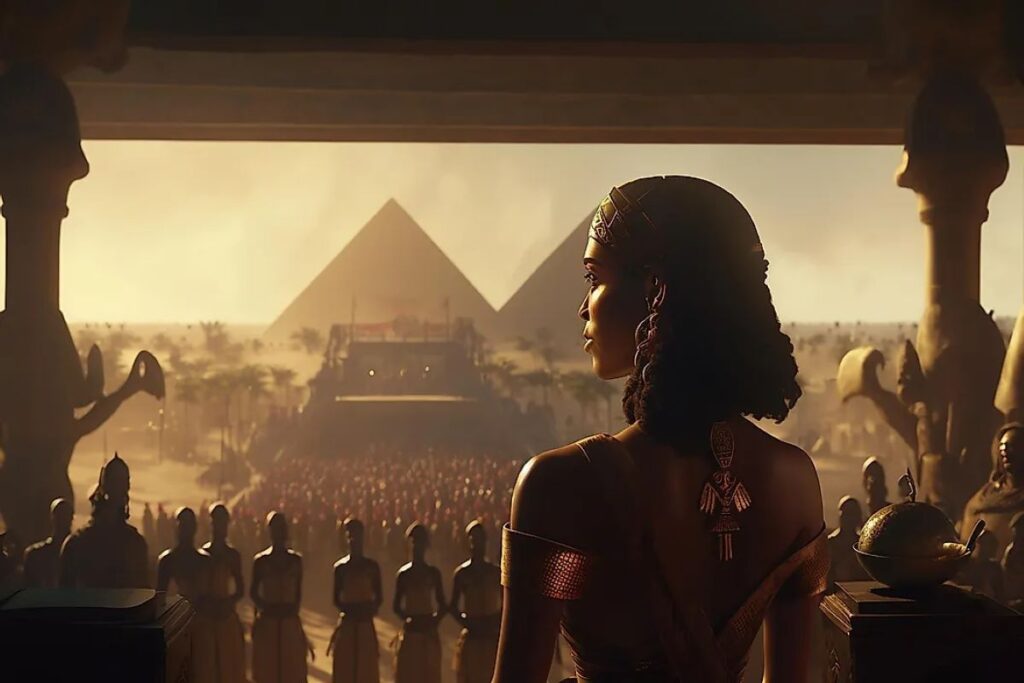
The legendary Cleopatra has long been an enigma of ancient history. Recent exploration of a network of underground tunnels in Egypt’s Taposiris Magna holds the promise of discovering her long-lost tomb. Cleopatra’s captivating story, immortalized by renowned authors, has intrigued history enthusiasts for centuries. Unveiling her final resting place would provide invaluable insights into her life and the remarkable era of Ancient Egypt.
5. Roman Military Camps in the Arabian Desert Reveal a Hitherto Unknown Military Campaign:

Researchers from the University of Oxford made an astonishing discovery in the area surrounding Petra, an ancient city in Jordan once controlled by the Nabataeans. They found fortified military camps that challenge our previous understanding of the transition of power from the Nabataeans to Rome. These findings hint at the possibility of an unknown military campaign and highlight the complexities of historical events that have shaped our world.
6. A Discovered Christian Monastery in UAE Indicates Earlier Presence of Christianity in the Arab World:
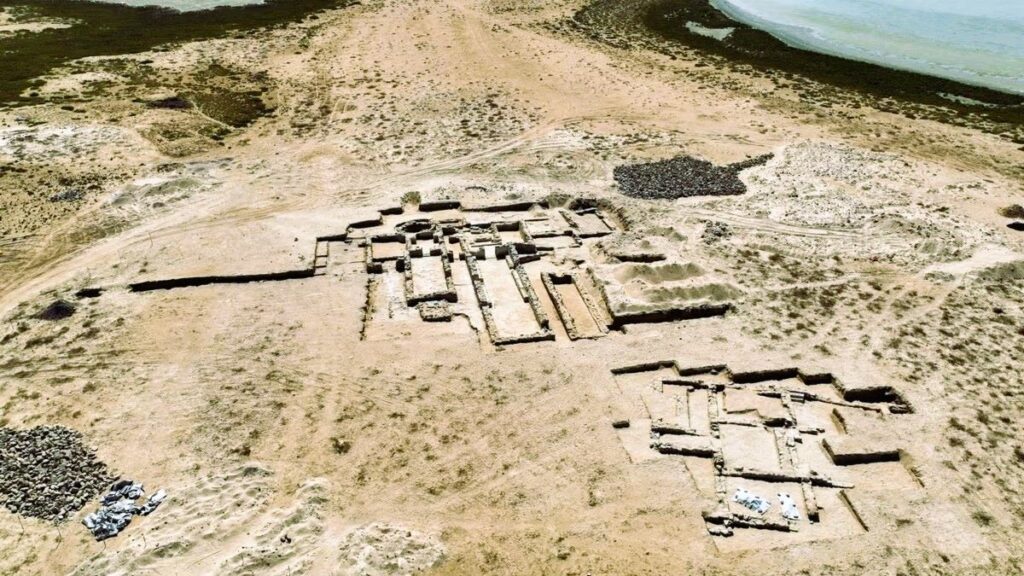
Archaeologists unearthed an ancient Christian monastery on an island off the coast of the Emirate of Umm Al Quwain in the United Arab Emirates. The discovery includes a single-aisle church, baptismal font rooms, and an oven for baking communion bread. Carbon dating estimates the monastery’s foundation between 534 A.D. and 656 A.D., preceding the birth of Prophet Muhammad. This finding challenges prevailing notions of religious coexistence and reveals a period when Christianity and Islam potentially lived side by side peacefully.
7. DNA Reveals That the Nomads Who Pushed China to Erect the Great Wall Were Multi-Ethnic:

By sequencing the genomes of individuals buried along the western boundaries of the Xiongnu empire in present-day Mongolia, scientists discovered a striking genetic diversity. The Xiongnu empire, whose attacks prompted the construction of the Great Wall by the Chinese, defies traditional assumptions about nomadic cultures. This finding suggests that the Xiongnu were a multi-ethnic and multi-lingual entity, challenging prevailing stereotypes and providing a deeper understanding of ancient Eurasian societies.
Takeaways & Conclusion
Our collective fascination with history compels us to uncover the secrets of the past. These groundbreaking discoveries have the potential to reshape our understanding of ancient civilizations, rewrite historical narratives, and challenge long-held beliefs. By unearthing new information, we not only gain insight into our shared human history but also expand our knowledge of diverse cultures and their contributions to our modern world. As new discoveries continue to emerge, we embark on a never-ending journey of unlocking history’s captivating secrets.
